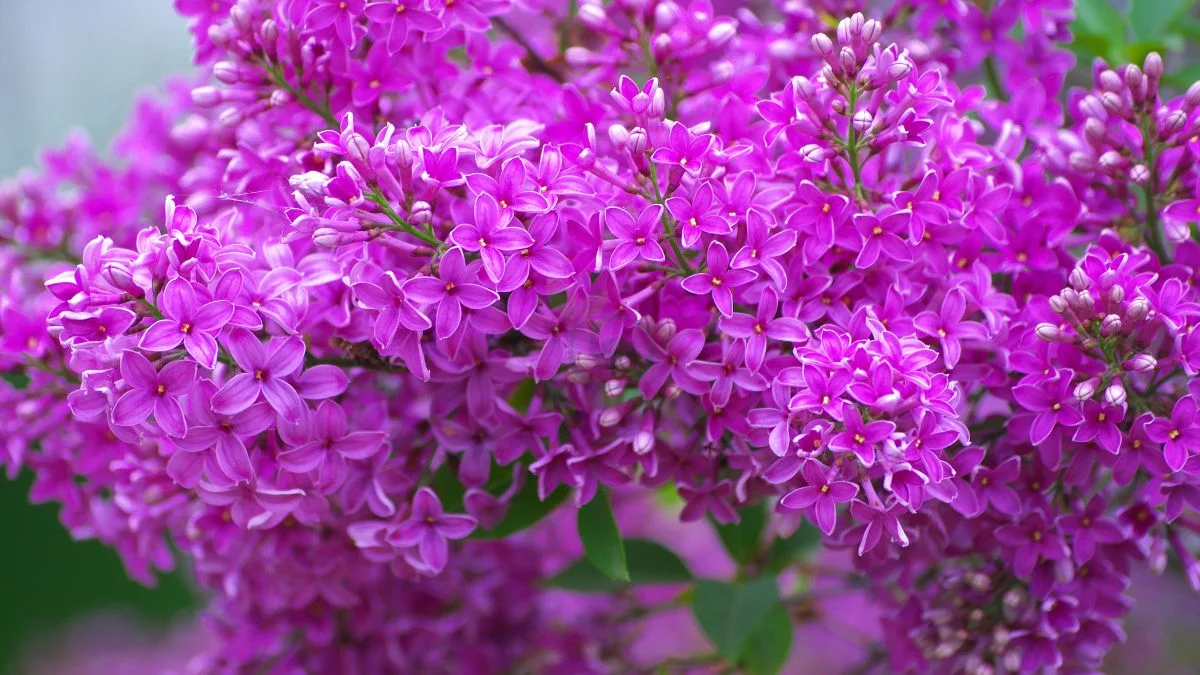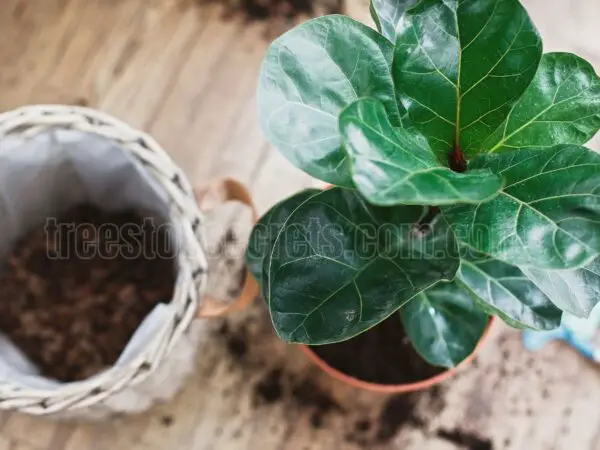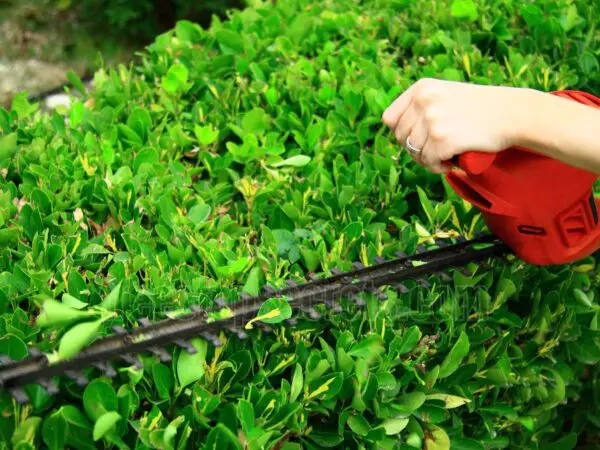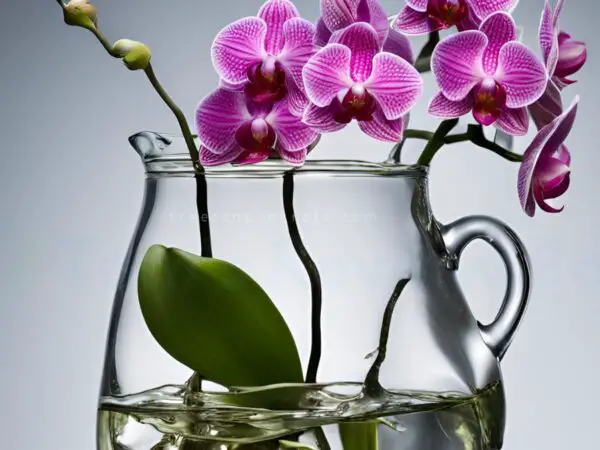Lilacs, known for their fragrant blossoms, typically bloom in the springtime. These beautiful flowers have a rich history, dating back to ancient Greek mythology. Revered for their enchanting scent and vibrant colors, lilacs symbolize love, renewal, and the arrival of spring.
In addition to their ornamental value, lilacs also hold significance in various cultures and traditions worldwide. Understanding the blooming season of lilacs can help enthusiasts plan garden arrangements or simply enjoy the fleeting beauty of these beloved flowers.
Key Takeaways
- Observe Lilac Flowering: Understand the blooming season and factors influencing lilac flowering to appreciate and anticipate when your lilacs will bloom.
- Promote Lilac Health: Implement care tips to ensure healthier lilacs, such as proper watering, pruning, and soil conditions.
- Timing Matters: Know the best time to observe lilacs in full bloom to enjoy their beauty and fragrance to the fullest.
- Choose Wisely: Explore different types of lilac bushes to diversify your garden and select varieties that suit your climate and preferences.
- Historical Significance: Learn about the history and origins of lilacs to deepen your appreciation for these beloved flowers.
- Plan Your Garden: Use the insights gained to plan and cultivate a vibrant lilac garden that thrives throughout the blooming season.
Lilac Blooming Season Overview
Understanding Blooming Season
Lilacs typically begin to bloom in late spring, usually around mid-May. The peak bloom period for lilacs is generally in early summer, lasting for about 2-3 weeks. Late-blooming lilacs, such as the Josee and Bloomerang varieties, extend the blooming season into late summer.
Optimal Observing Time
The best time to observe lilacs in full bloom is during the peak bloom period, when the flowers display their vibrant colors and strong fragrance. This period usually falls in June, depending on the specific region and climate. To make the most of lilac blooming season, plan your visit during a sunny day to fully appreciate the beauty and aroma of these delicate flowers.
Factors Affecting Lilac Flowering
Sun and Soil
Sunlight is essential for lilacs to bloom, as they require at least six hours of direct sun daily. Proper sun exposure ensures vibrant and abundant flowers. Good soil quality with adequate drainage is crucial for healthy lilac growth. Well-draining soil prevents waterlogging, which can lead to root rot and hinder flowering. To optimize lilac growth, plant them in well-drained soil and ensure they receive ample sunlight throughout the day.
Fertilizer Tips
Effective fertilization strategies are vital for encouraging lilac flowering. Use a balanced fertilizer with equal parts nitrogen, phosphorus, and potassium to promote healthy blooms. Slow-release fertilizers are ideal for steady nutrient supply over time. Apply fertilizer in early spring before new growth appears and again after the blooming season ends to support next year's flowers.
Proper Pruning
Proper pruning plays a significant role in maintaining lilac health and promoting abundant flowering. Regular pruning helps remove dead wood, improve air circulation, and stimulate new growth. When pruning lilac bushes, focus on removing old wood and spent flowers to encourage new bud formation. Avoid heavy pruning as it can reduce flowering potential for the following year.
Best Time to Observe Lilacs
Prime Time
Lilac flowers typically bloom during the spring season, usually from late April to early June. This period marks the prime time for observing these beautiful blooms in their full glory.
Peak Blooming Period
Different varieties of lilacs may have slightly varied blooming periods within the general spring timeframe. For example, the common lilac (Syringa vulgaris) often reaches its peak bloom around mid-May, while the Persian lilac (Melia azedarach) may bloom a bit earlier in late April.
Optimal Conditions
To fully enjoy and appreciate lilac blooms, it is best to observe them during mild and sunny days. These conditions provide the perfect backdrop for the vibrant colors and delicate fragrances of lilac flowers to shine.
- Lilacs thrive in well-drained soil and prefer full sunlight for optimal growth.
- Adequate moisture levels are essential for healthy blooming, so ensure that the plants receive regular watering.
- Pruning lilacs after they finish blooming helps promote new growth and future blooms.
Care Tips for Healthier Lilacs
Sunlight Requirements
Lilacs thrive in full sunlight, needing at least six hours a day to bloom beautifully. Insufficient sunlight can result in poor flowering. To ensure your lilacs receive enough sunlight, plant them in an area with direct sun exposure.
Soil Preferences
Lilacs prefer well-draining soil with a slightly acidic to neutral pH level for optimal growth. Poor soil quality can hinder lilac health and blooming. Improve soil conditions by adding organic matter like compost or peat moss.
Fertilizing Lilacs
When fertilizing lilacs, use a balanced fertilizer with equal parts nitrogen, phosphorus, and potassium. These nutrients are crucial for promoting healthy growth and abundant flowering. Avoid over-fertilizing, as it can lead to excessive foliage growth at the expense of flowers.
Pruning Techniques
Proper pruning is essential for maintaining healthy lilac bushes and encouraging vigorous flowering. Trim dead or damaged branches to promote new growth. Prune right after flowering to avoid cutting off next year's flower buds. Use sharp pruning shears for clean cuts.
Different Types of Lilac Bushes
Common Lilac
Common lilacs, known as Syringa vulgaris, are popular for their fragrant flowers in shades of purple and white. They bloom in late spring to early summer.
Persian Lilac
Persian lilacs, or Syringa persica, are characterized by their smaller size and delicate lavender flowers. They bloom earlier than common lilacs.
Japanese Tree Lilac
Japanese tree lilacs, scientifically named Syringa reticulata, are unique with their creamy white blossoms that appear in early summer. They grow as small trees.
Dwarf Korean Lilac
Dwarf Korean lilacs, also called Syringa meyeri Palibin, are compact bushes that produce lavender-pink flowers. They bloom later than common lilacs.
Miss Kim Lilac
Miss Kim lilacs (Syringa patula) are renowned for their fragrance and deep purple buds that open into pale lavender blooms. They flower later in the season.
Bloom Times and Characteristics
- Common lilacs bloom in late spring with large clusters of fragrant flowers.
- Persian lilacs bloom earlier than common lilacs and have smaller blooms.
- Japanese tree lilacs feature creamy white blossoms in early summer on tree-like structures.
- Dwarf Korean lilacs offer lavender-pink flowers and bloom after common lilacs.
- Miss Kim lilacs have deep purple buds opening into pale lavender blooms and flower later.
Unique Features of Different Lilac Species
- Fragrance: Common and Miss Kim lilacs are prized for their strong scent.
- Bloom Time: Persian and Dwarf Korean lilacs bloom at different times compared to other varieties.
- Plant Size: Japanese tree lilacs grow taller as small trees rather than bushes.
History and Origins of Lilacs
Evolution
Lilacs, scientifically known as Syringa, have a rich history dating back to ancient Greek mythology. These fragrant flowers are native to Southeastern Europe and Persia, with over 20 species worldwide.
Their evolution traces back to the 16th century when they were introduced to Europe from Ottoman gardens. The captivating beauty and aromatic scent of lilacs quickly gained popularity across continents.
Cultural Significance
Throughout history, lilacs have symbolized love, protection, and tranquility in various cultures. For instance, in Victorian times, offering a lilac bloom meant the beginning of a new romance.
In Eastern cultures like China and Japan, lilacs are associated with renewal and the arrival of spring. Moreover, lilacs play a significant role in traditional medicine for their healing properties.
Interesting Facts
Did you know that the color of lilacs carries symbolic meanings? Purple lilacs represent first love and are often gifted during weddings or anniversaries.
Another fascinating fact is that different lilac species bloom at varying times during spring. This diversity ensures a prolonged period of enjoying these beautiful blossoms.
Planning Your Lilac Garden
Choosing the Right Type
When choosing a lilac variety, consider factors like color, size, and fragrance to match your preferences. Research different types to find the ideal fit for your garden.
To select the perfect lilac bush, assess factors such as climate suitability, growth habits, and flowering time. Matching these aspects with your garden conditions ensures optimal growth.
Match lilac types with your specific preferences by considering bloom time, fragrance intensity, and color variations. This customization enhances the beauty of your garden.
Planting Tips
For successful growth, plant lilac bushes in well-draining soil with full sun exposure. Adequate sunlight is crucial for robust flowering and overall plant health.
Ensure proper spacing between lilac plants to prevent overcrowding and promote air circulation. This practice reduces the risk of diseases and encourages healthy growth.
Maximize the flowering potential of lilacs by planting them at the correct depth. The root ball should be level with the ground surface to support optimal development.
Maintenance Schedule
Develop a maintenance schedule that includes tasks like pruning, fertilizing, and watering to ensure healthy lilac bushes year after year.
Regular pruning is essential to remove dead wood, improve airflow, and stimulate new growth in lilacs. This practice enhances flowering and overall plant vigor.
Understand the seasonal needs of lilacs to provide appropriate care throughout the year. Adjust watering frequency based on weather conditions to maintain soil moisture levels.
Final Remarks
Understanding the blooming season, care requirements, and types of lilac bushes can help you create a vibrant and healthy garden. By knowing the factors influencing their flowering and the best observation times, you can ensure your lilacs thrive year after year. Consider the historical significance and origins of these beautiful bushes to deepen your appreciation for them. Planning your lilac garden with these insights will lead to a more rewarding and visually appealing outdoor space. Now, go ahead and apply these tips to nurture your lilacs and witness their beauty in full bloom.
Frequently Asked Questions
When is the best time to observe lilacs in bloom?
Spring, typically from late April to early June, is when lilacs bloom. The exact timing can vary based on the specific variety of lilac and local climate conditions.
How can I ensure my lilacs are healthy and vibrant?
To promote healthy lilacs, provide them with full sun exposure, well-draining soil, regular watering, and annual pruning after flowering. Mulching around the base can also help retain moisture.
What factors influence the blooming of lilacs?
Lilac flowering is affected by sunlight exposure, temperature, soil quality, pruning practices, and overall plant health. Adequate sunlight and proper care are crucial for encouraging abundant blooms.
Are there different types of lilac bushes available?
Yes, various types of lilac bushes exist, including common lilac (Syringa vulgaris), Persian lilac (Syringa × persica), Japanese tree lilac (Syringa reticulata), and more. Each type offers unique characteristics in terms of size, color, and fragrance.
How should I plan my lilac garden for optimal growth?
When planning a lilac garden, consider factors like sunlight requirements, spacing between plants for good air circulation, soil pH levels (slightly alkaline), and selecting appropriate varieties based on your climate zone. Proper planning ensures successful growth and blooming of your lilacs.
Image Source: Paid image from CANVA





